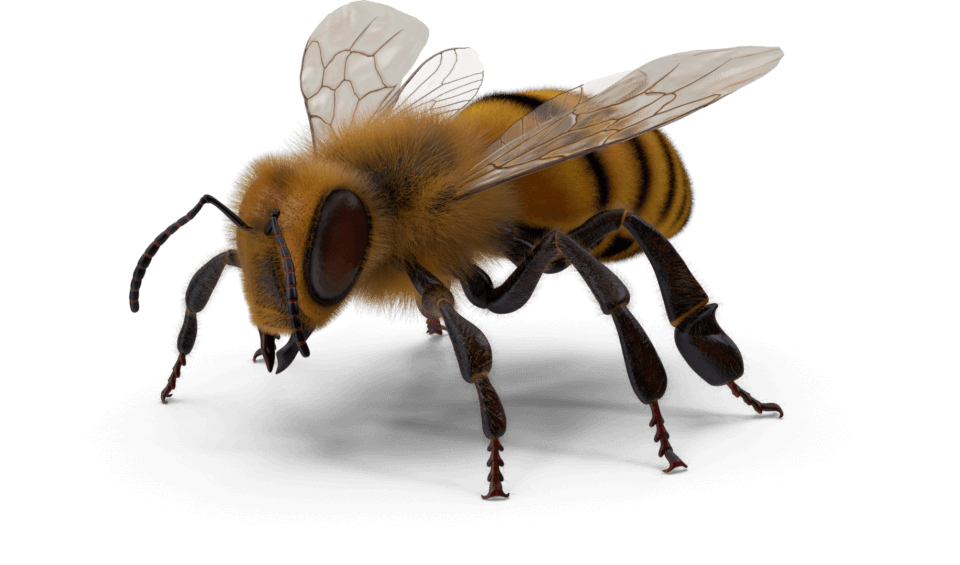Held by 20 inch leather thongs to a wooden handle, this granite stone ax is a wonderful example of craftsmanship and function. Early indigenous groups in North America worked extensively with wood to build houses, temples, fences, and other structures. They developed handled tools which allowed them to work with large pieces of timber for… Continue reading
Mars Perseverance : Landing is hard!
After traveling seven months to reach Mars, the Perseverance rover still has to land successfully on the surface of the Red Planet on February 18th. Learn more from NASA Solar System Ambassador John Mackin about what it will take for the rover to make it all the way to Mars, including the “seven minutes of… Continue reading
Striped Skunk Collected from Missouri
An animal that needs no introduction! Instantly recognizable for their signature coloration as well as their foul smelling defense system, the striped skunk is found throughout the United States and southern Canada. The fluid that skunks spray when upset or threatened can cause temporary blindness and pain if sprayed in the eyes of a potential… Continue reading
Surgical Amputation Set – Ca. 1850
During the American Civil War, surgeons became all too familiar with using this particular set of tools. Of the wounds recorded during the war, more than 70% were to the extremities, with amputation the most common operation of the Civil War surgeon. This surgical set contains most of the instruments needed for battlefield surgery: long,… Continue reading
Alaskan King Crab Collected from Kachemak Bay, Alaska
Crab legs, anyone? The Alaskan king crab, or red king crab, is a species of king crab native to the far northern reaches of the Pacific Ocean around Alaska and the Bering Sea. It is the largest of the king crab species, as well as the tastiest, highly prized worldwide for its succulent meat. Although… Continue reading
Wright Flyer Model, Handmade – date unknown
On December 17, 1903, in a field outside Kitty Hawk, North Carolina, the Wright brothers launched humans into the aerial age. For the first time in history, a pilot successfully flew a heavier-than-air powered airplane in a controlled and sustained flight. This 1/12 scale model is a replica of the biplane which was constructed of… Continue reading
Are the Bees Buzzing over Winter?
Fall is a nerve-wracking time for honeybee keepers, who often fret about whether their bees have enough honey reserves to survive the winter or whether mites have decimated their bee populations. Bees will typically only leave their hive when the weather is pleasant (at least in the 50Fs and sunny), so it’s hard to walk… Continue reading
Kangaroo Skull – Collected from Australia
The kangaroo is a marsupial native to Australia. All marsupials are diprotodonts, meaning they have two front teeth, or incisors. But kangaroos are unusual because they have three pairs of incisors in their upper jaw and one pair in their lower jaw. Another unique characteristic of kangaroo skulls is that they are relatively long and… Continue reading
Comic Book – Wonder Woman, Number 46, 1951
Did you know that early Wonder Woman comics included a feature called “Wonder Women of History?” In each issue with this feature, Wonder Woman stepped aside to give voice to the real life stories of exceptional and often silenced women of history. The feature ran for 54 issues and covered fifty different women in science,… Continue reading
Radio Receiver – Atchinson, Kansas, ca. 1930
Cathedral style radio receivers began to appear in the 1930s as a much smaller and compact radio design compared to the console and large “coffin” style radios of the 1920s. Steinite Radio Co. produced this four-tube, AM radio about 1930. It features a superheterodyne circuit, a novel invention that made it possible to boost weak… Continue reading








